Results 1 to 10 of 21
Thread: Greaves with small swords stamp
Threaded View
-
04-27-2018, 06:20 PM #1
 Greaves with small swords stamp
Greaves with small swords stamp
I believe this razor dates to the 1830's. Double notches cut into the tang I don't see very often. Fancy spine sort of like an arris but more rounded with a small flat on the top. The 13/16 near wedge blade is done in a glazed finish. The original scales were restored. A small crack at the wedge end was repaired and the scales re-dyed black with a soft satin finish. I was also able to save the original steel pivot pin collars. The poured lay metal or lead endcap was pinned to the scales and not removed. A small brass pin tapering from .045 to .035 passed through the wedge end escutcheons holding the scales together. There has been a bit of shrinkage of the horn around the end cap over the last 185 years or so.
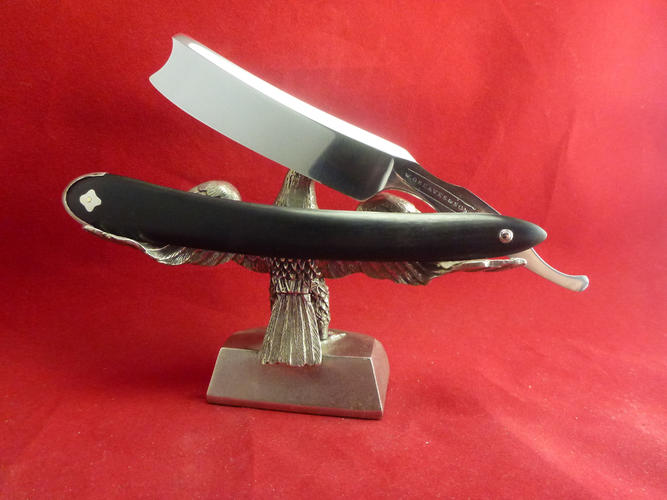
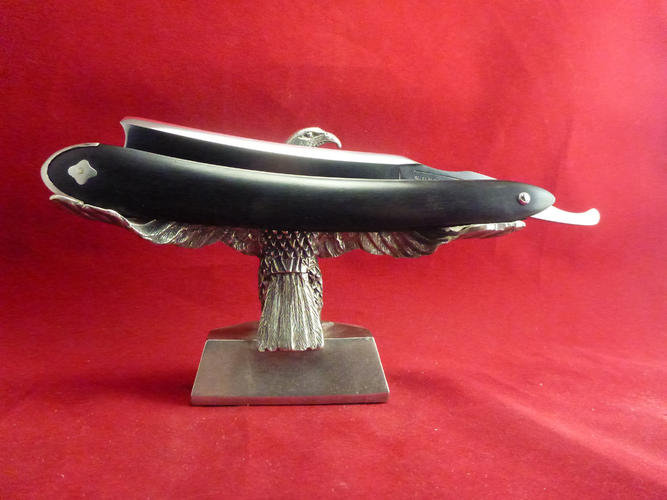
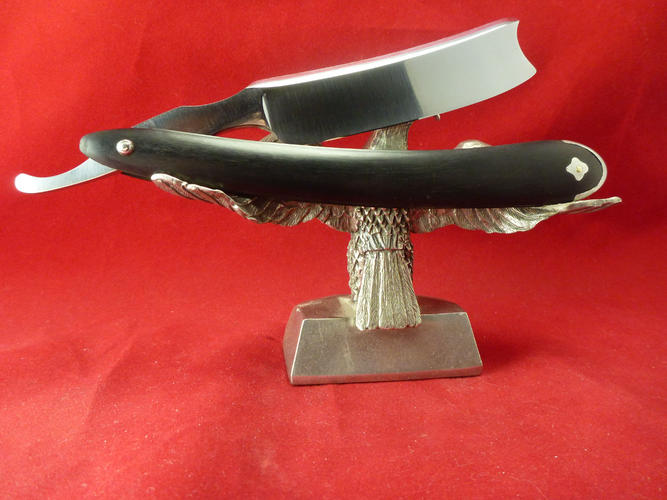
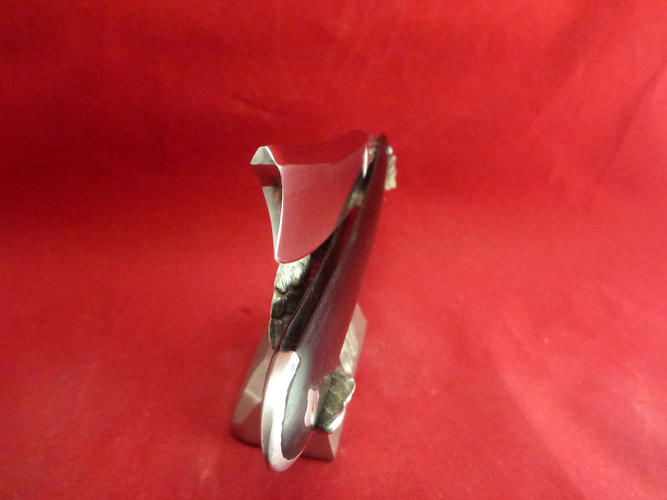
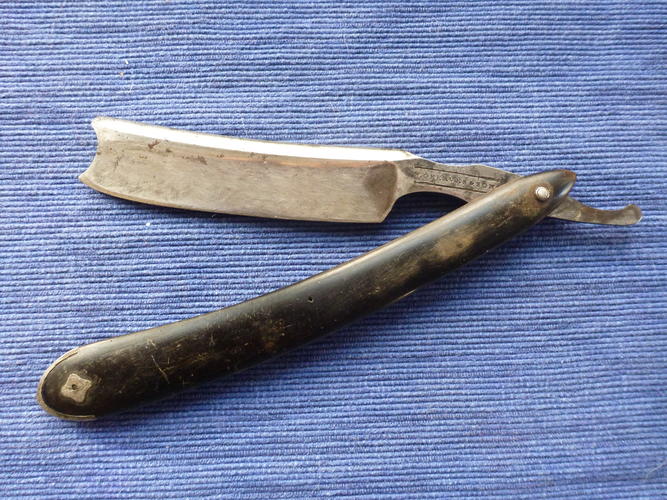
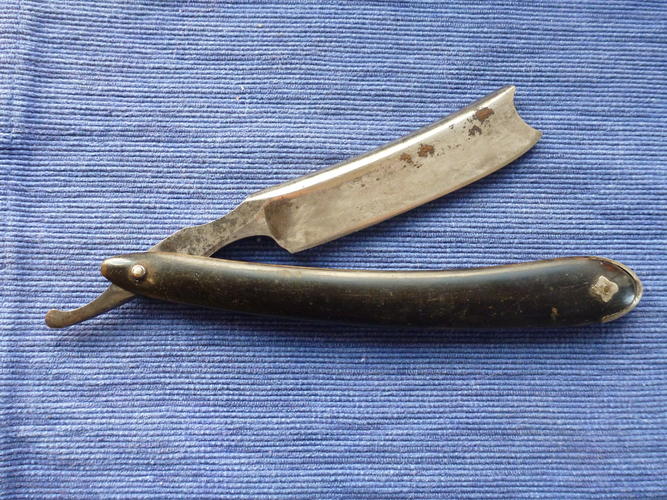
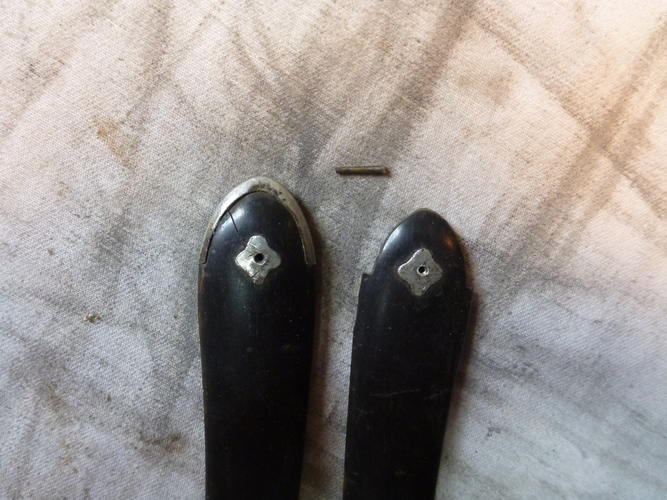
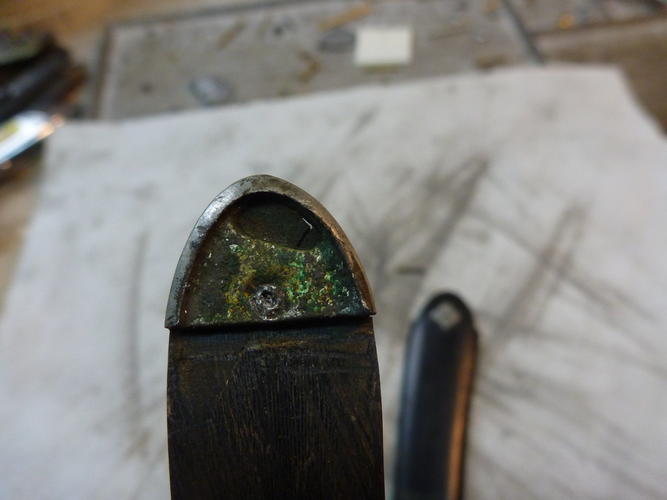
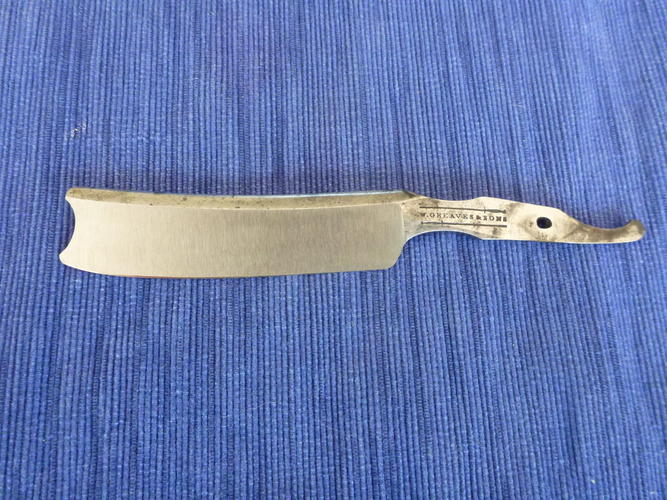
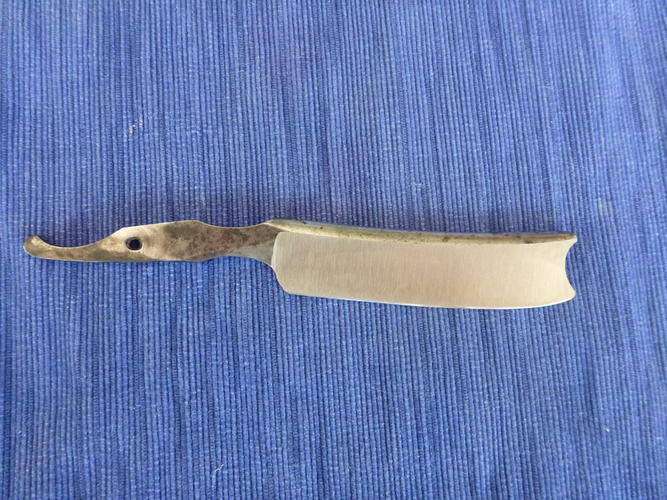
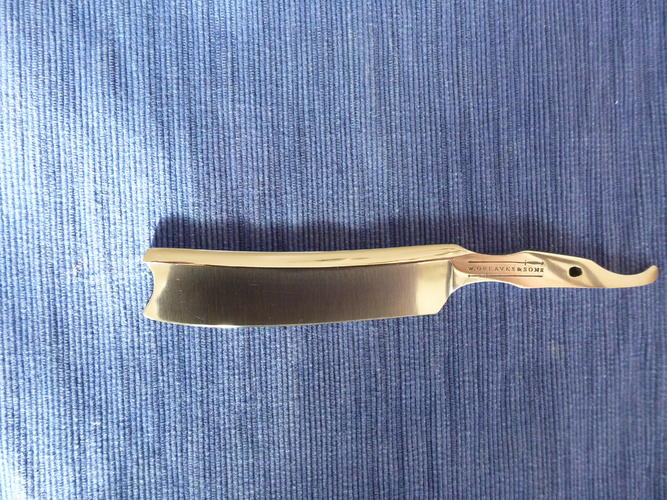
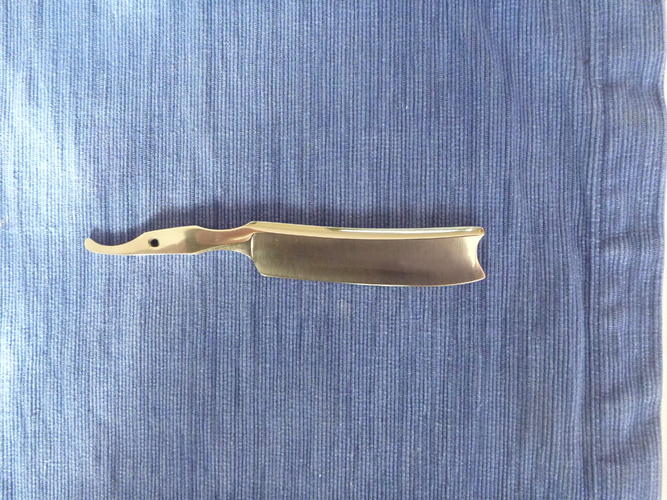
-
The Following 3 Users Say Thank You to karlej For This Useful Post:
JOB15 (06-06-2018), Voidmonster (04-28-2018), Wolfpack34 (04-29-2018)


 67Likes
67Likes LinkBack URL
LinkBack URL About LinkBacks
About LinkBacks







 Reply With Quote
Reply With Quote